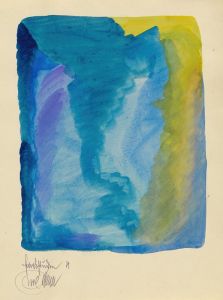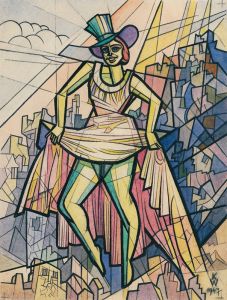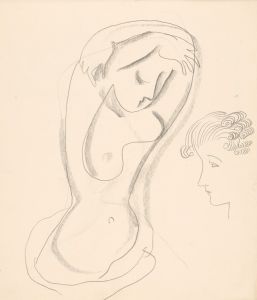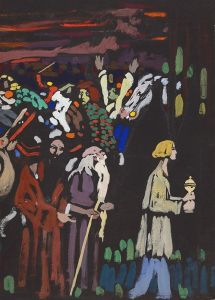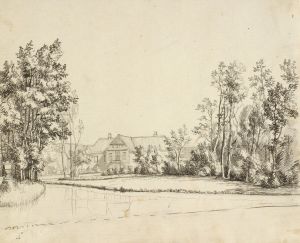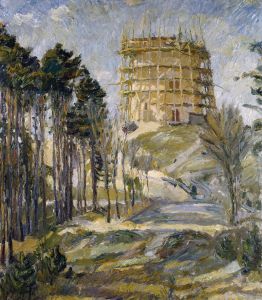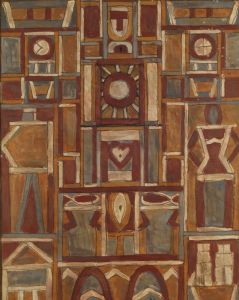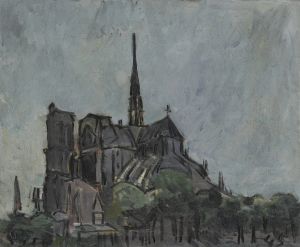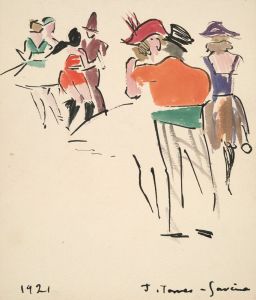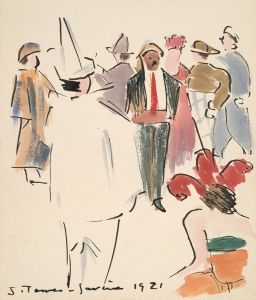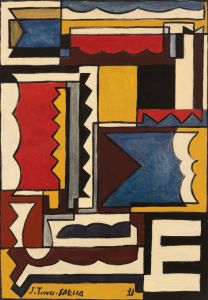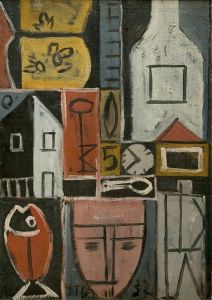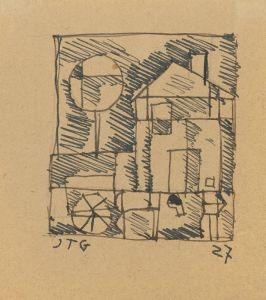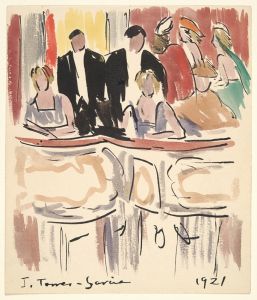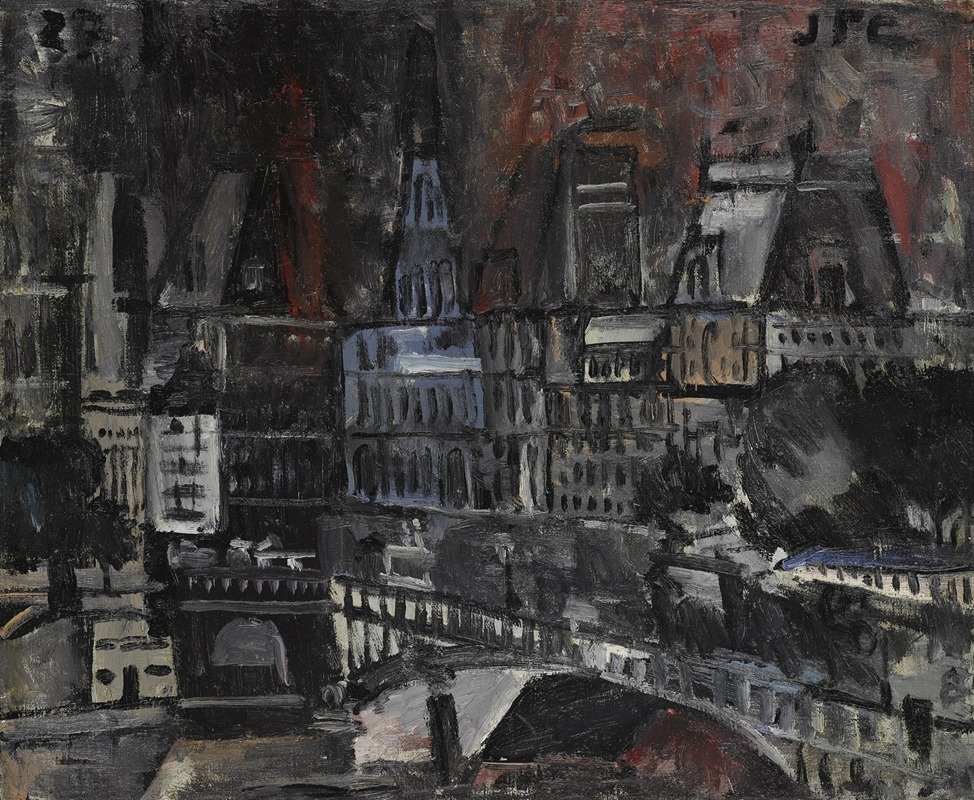
Hôtel de Ville
A hand-painted replica of Joaquín Torres-García’s masterpiece Hôtel de Ville, meticulously crafted by professional artists to capture the true essence of the original. Each piece is created with museum-quality canvas and rare mineral pigments, carefully painted by experienced artists with delicate brushstrokes and rich, layered colors to perfectly recreate the texture of the original artwork. Unlike machine-printed reproductions, this hand-painted version brings the painting to life, infused with the artist’s emotions and skill in every stroke. Whether for personal collection or home decoration, it instantly elevates the artistic atmosphere of any space.
Joaquín Torres-García, a prominent Uruguayan artist, is widely recognized for his contributions to modern art and his development of Constructive Universalism, a style that sought to integrate geometric abstraction with universal symbols. Among his extensive body of work, the painting titled Hôtel de Ville is one of the notable pieces that reflects his artistic evolution and engagement with European modernist movements.
Hôtel de Ville was created during Torres-García's time in Paris, a period that was pivotal in shaping his artistic identity. He moved to Paris in 1926 and became part of the vibrant avant-garde scene, interacting with influential artists such as Piet Mondrian and Theo van Doesburg. This environment deeply influenced his work, as he began to explore the principles of abstraction and geometry while maintaining a connection to symbolic and figurative elements.
The painting depicts the Hôtel de Ville (City Hall), a significant architectural landmark in Paris. Torres-García's representation of the building is characterized by a blend of abstraction and structure, showcasing his ability to distill complex forms into simplified, geometric compositions. The work reflects his interest in harmonizing the modernist emphasis on form and order with a sense of timelessness and universality.
In Hôtel de Ville, Torres-García employs a muted color palette, with shades of gray, beige, and earthy tones dominating the composition. This restrained use of color enhances the architectural focus of the piece, drawing attention to the interplay of lines and shapes that define the structure. The painting demonstrates his mastery of balancing abstraction with recognizable imagery, a hallmark of his Constructive Universalism.
While the exact date of the painting's creation is not always specified in available records, it is generally associated with his Parisian period, which lasted until 1932. During this time, Torres-García was also involved in publishing theoretical writings and manifestos, articulating his vision for a universal art that transcended cultural and temporal boundaries.
Today, Hôtel de Ville is regarded as an example of Torres-García's ability to synthesize his experiences in Europe with his broader artistic philosophy. The painting is held in high esteem for its contribution to the dialogue between modernist abstraction and symbolic representation. It is housed in a public or private collection, though specific details about its current location may vary depending on exhibition or archival arrangements.
This work exemplifies Torres-García's enduring legacy as a bridge between European modernism and Latin American art, highlighting his role as a key figure in the global history of 20th-century art.





